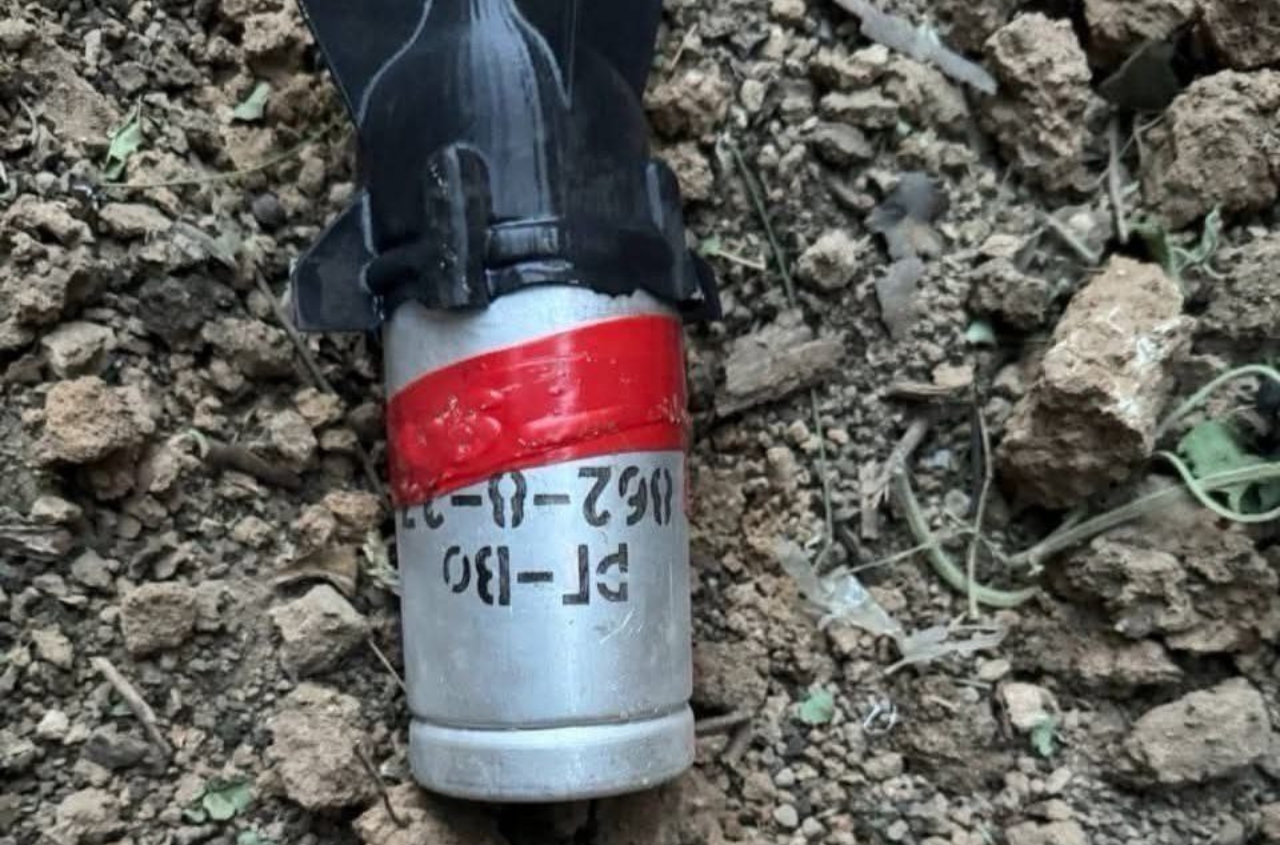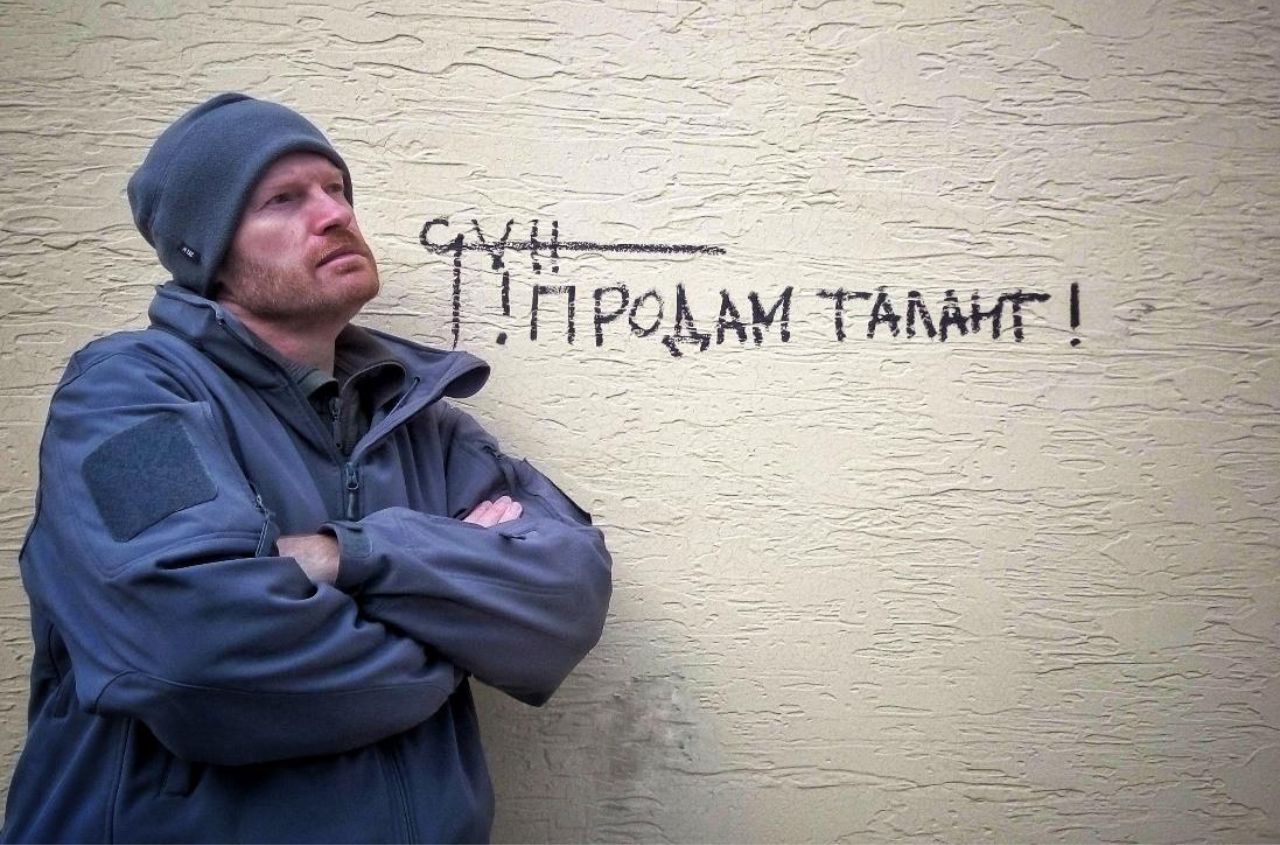Israel Defense Forces officer and military analyst Yigal Levin named three main differences of the new Ukrainian army
The Armed Forces of Ukraine until February 24, 2022 and the Armed Forces of Ukraine at the end of 2022 are two completely different armies. The point is not even in the new Western weapons, but in how the inner core of the Ukrainian army has changed, in understanding its purpose and connection with the whole people.
Usually, such a state is called a people's army - or, as they say in Israel:
The people form the army, and the army forms the people.
Prior to the full-scale invasion, the Armed Forces of Ukraine were in a state of limited war with Russia in eastern Ukraine for eight years. During these 8 years of limited war, hundreds of thousands of Ukrainian defenders went through the front, or at least through military service. This created a massive pool of people with combat experience, motivation, understanding, and readiness for a limited war to grow into something bigger and more massive.
These people became the central core of the mobilization announced in February of the outgoing year, and today all the Defense Forces of Ukraine already number about a million people.
This is the first and most important difference. If the Armed Forces of Ukraine were once a regular army of our time, that is, simply a power tool of the state, and numbered only a few hundred thousand employees, today it is a large people's army at a national level. Add to this million a nationwide volunteer movement, and you will get the scale of a true military organization, unseen in Europe since the Second World War.
The second significant difference is the understanding of one's purpose. If the Armed Forces of Ukraine, in the wording "until February 24" could not boast of any more serious mission than containing the enemy in the east of Ukraine, then today, there is a clear list of goals: the protection of Ukrainian citizens, the defeat of the RF Armed Forces and the return of Ukraine to the borders of 1991. Indeed, the Ukrainian army, as it was prescribed by the classics of statehood of the past, is the guarantor of the protection of the sovereignty of the Ukrainian state and the people living in this state.
After these two factors - a person (and a person is the most important thing in the army) and understanding this person's mission - we can now mention the armament of the Armed Forces of Ukraine.
At the beginning of a full-scale Russian invasion, the Armed Forces of Ukraine relied, as a rule, on Soviet equipment models. Yes, there was a certain amount of both HMMWV all-terrain vehicles and samples of Western small arms, but it was all a drop in the ocean of Soviet heritage. Even Ukrainian developments relied on the Soviet past, such as the Stugna-P anti-tank system, which proved excellent in battles.
Now, the Armed Forces of Ukraine met in the year 2023 with an extensive list of not just Western models of weapons but their latest models as well. The Western approach to creating weapons is fundamentally different from the Soviet (and today - Russian) approach. This is a bet on quality, the human factor (military ergonomics, for example), the accuracy of systems, and much more. With old Soviet weapons, it is impossible to implement many concepts of Western military art, such as decentralization of command, the autonomy of commanders, rapid closing of cycles (time from target detection to its elimination), and synergy of different branches of the military in a single network military mechanism.
This is the third factor in the cardinal progressive growth of the Armed Forces of Ukraine this year. Western models of equipment are not piece copies, but a massive qualitative strengthening of the Ukrainian army. Take, for example, all kinds of armored vehicles (of all stripes and models), more than 2,000 of them have already been transferred. This is a huge help. But there are still hundreds of artillery, air defense systems (the best in their class), and other samples - up to light rifle.
The Ukrainian army found itself in three dimensions - the dimension of man, mission, and quality of weapons. Yes, there are still a lot of problems. The further transition, including to Western tanks and aircraft, is also difficult. This is a thorny path, but the main thing is that the Armed Forces of Ukraine are already on this path, and there is no way back - only forward - to multiplying all their capacities, capabilities and efficiency.



















